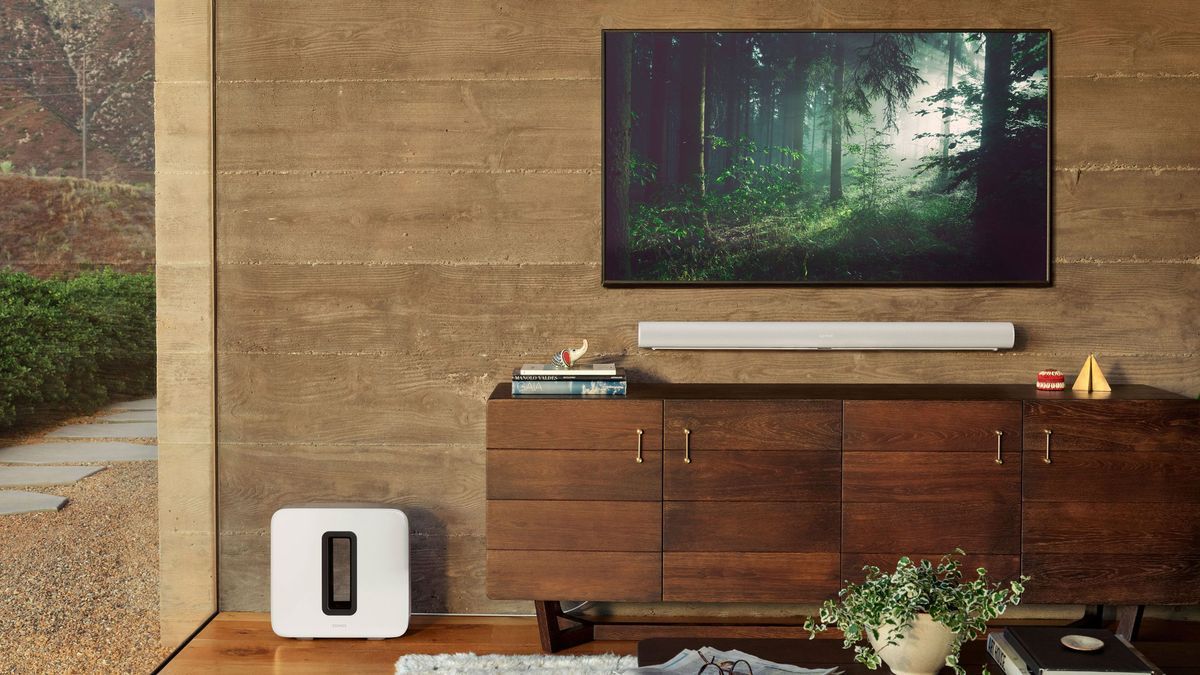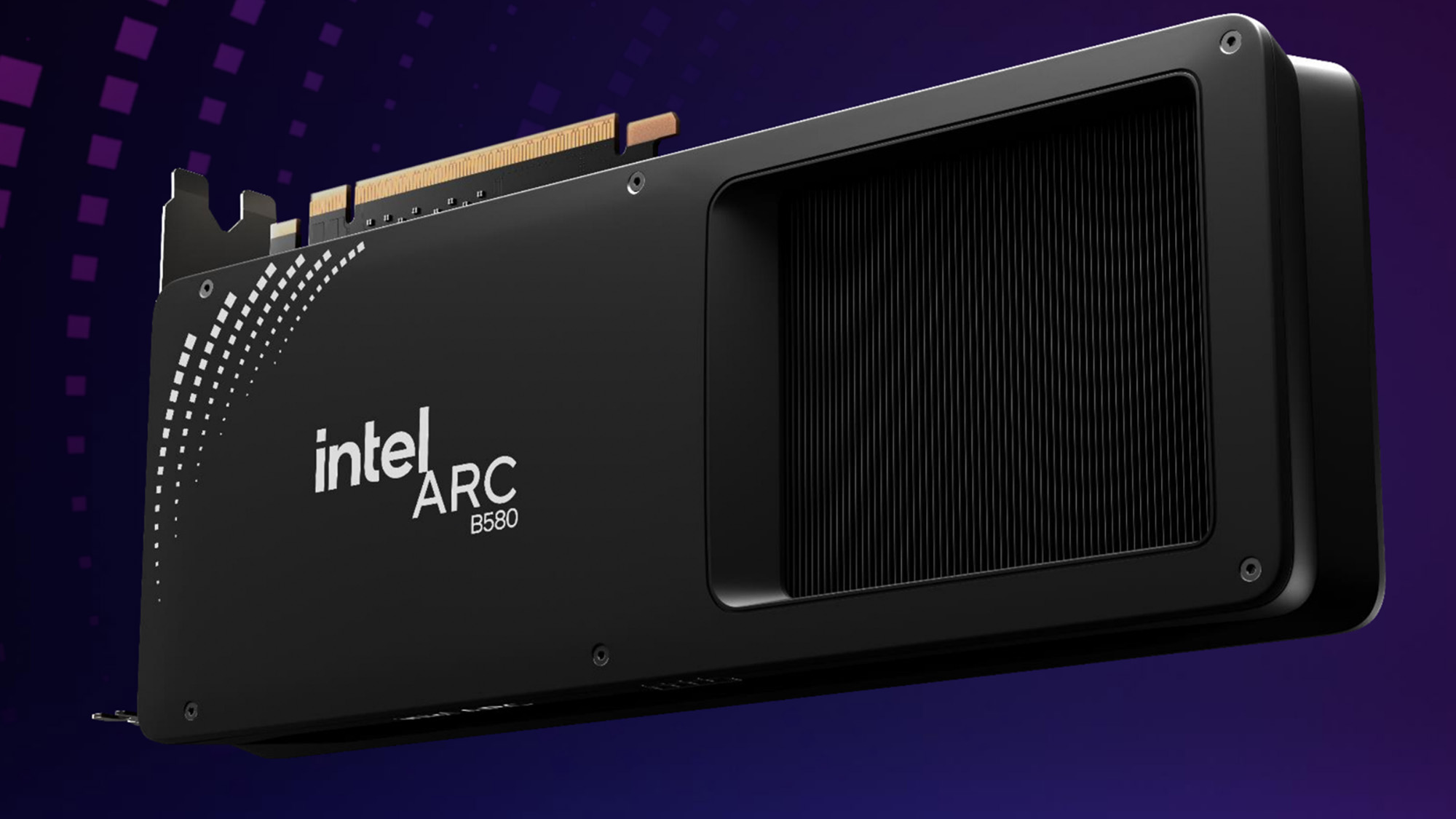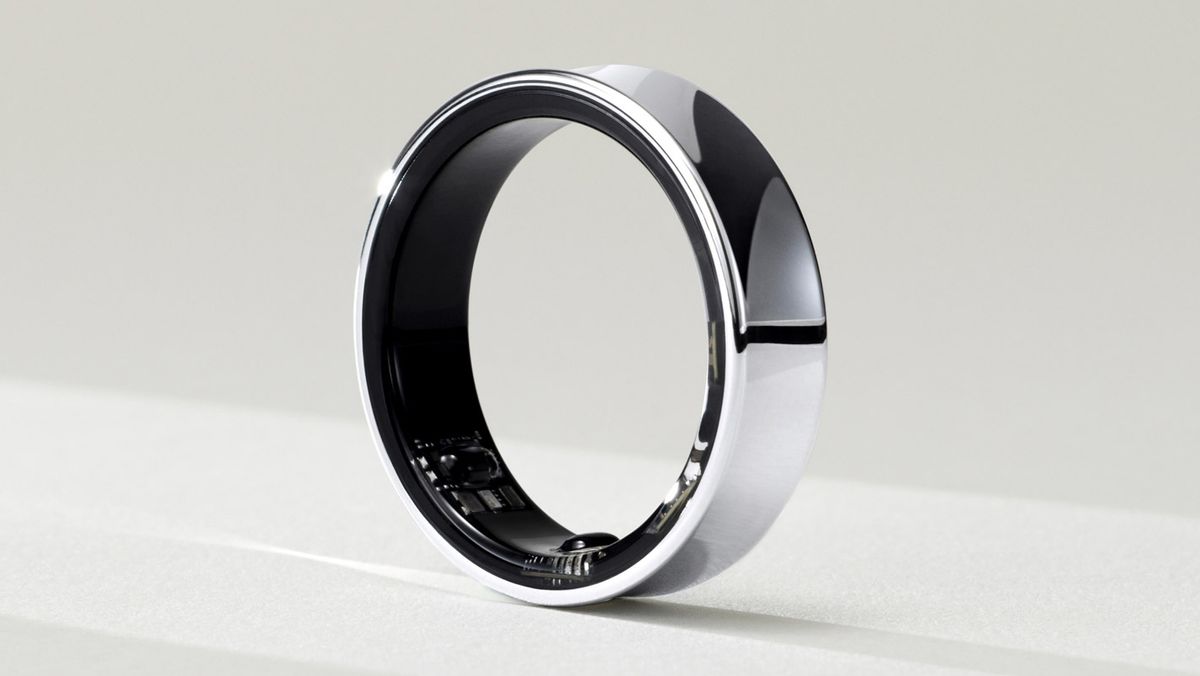We’ve been hearing for several months now that Sonos is on the verge of releasing a new TV streaming device. Its existence was first reported back in 2022, but that was when the project was still in its early stages – the actual launch of the product was expected in late 2024, or perhaps early 2025. And a new report suggests that not only is development of the device well underway, but Sonos has made a surprising choice for its streaming operating system.
According to Janko Roettgers of Lowpass.cc, who is an expert on the subject and who broke the original story about the Sonos streamer, the device is not going to work with Google TV or any of the other smart TV operating systems we know of. Instead, it's going to use a new streaming OS like The Trade Desk's first hardware partner.
The Trade Desk is a large digital advertising company and has reportedly been developing its own streaming operating system for five years. That OS is apparently almost ready to go, and you'll see it first on the Sonos streamer.
The operating system is apparently based on Android AOSP, the open-source branch of Android. Android TV is based on AOSP, but it is owned and certified by Google. Other companies can use AOSP to create their own operating systems, and it appears The Trade Desk has done just that.
What we know about the Sonos streamer operating system
If you're wondering why Sonos didn't create its own operating system for its streaming device, the current, damaging debacle over the Sonos app update might suggest that outsourcing this (Sonos' first attempt at creating a TV streaming device) was a wise decision. But there are other reasons for outsourcing, too.
As Roettgers explains, “One of the biggest challenges for hardware makers is striking deals with major streaming services to get access to their apps. Netflix, for example, won’t even talk to device makers if they can’t convincingly demonstrate that they can ship a certain number of units.” By opting for an OS that will be on multiple companies’ devices rather than just its own, Sonos can present itself as a much safer bet for big streamers — streamers with whom, in many cases, The Trade Desk already has strong relationships.
This seems like a win-win deal for both Sonos and The Trade Desk: the former gets to customize the OS without having to build it from scratch, while the latter gets quality Sonos hardware to show off what its system can do.
And with advertising becoming an increasingly important part of every streaming provider’s plans, partnering with one of the biggest ad providers seems like a particularly smart move, at least for Sonos. Whether the device lives up to its theoretical promise of being a winning combination of Roku and AV receiver remains to be seen.









